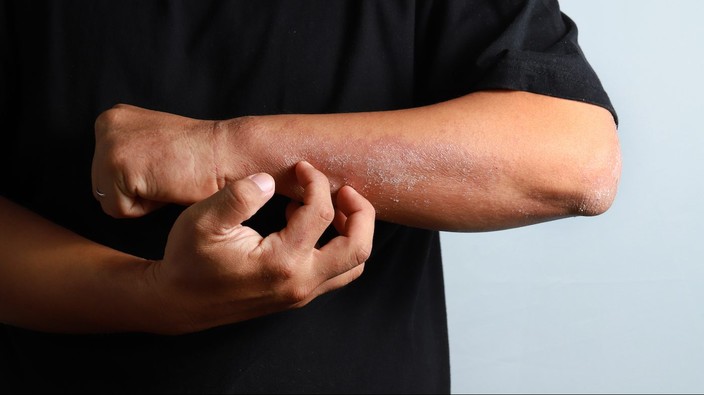severe eczema: what it feels like
'once a flare-up happens, basically you have cuts all over your body for the next two to three weeks.'
facials are 'bogus,' collagen is a 'fallacy,' and other things you should know about skin care
skin health advice from the experts: check for moles, skip the toner, and water has nothing to do with moist skin.
how wipes mostly made of water are first step to protecting baby skin
waterwipes are so pure and effective that they are the preferred wipes in many neonatal intensive care units (nicus) around the world.
 4 minute read
4 minute read









